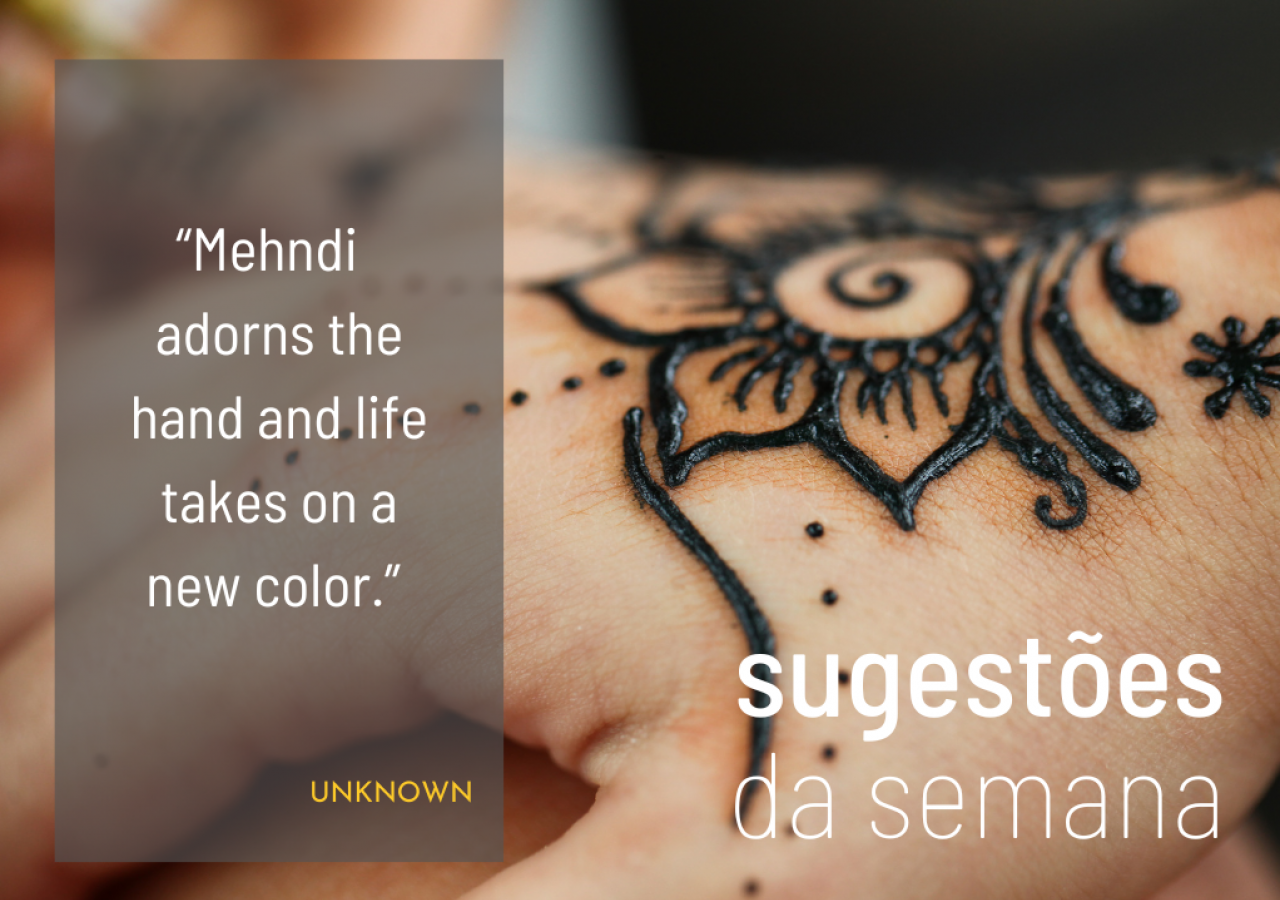The art of Henna - called mehndi in Hindi and Urdu - has been practiced in Pakistan, India, Africa and the Middle East for over 5000 years, and its use find some of its origins in the civilizations of Babylon and ancient Egypt. Henna was first used by people in hot desert climates because it has cooling properties. A paste was made, from the leaves of the plant, and people would drench the palms of the hands and soles of the feet to keep cool. Henna was also applied to the skin to treat stomach aches, burns, headaches and open wounds because it has strong medicinal properties. (source: https://www.stu.ca/lnap/henna-its-history-and-cultural-significance/)
When it was realized that the paste left a temporary stain on the skin – the plant contains a reddish-orange dye that binds to the keratin present in the skin – the use of henna became decorative, because it was accessible to people of all socioeconomic levels. There are records, from the Bronze Age, of women of childbearing age adorning themselves with henna and it is this association between fertility and henna that seems to be at the origin of the Henna Night ritual.
Henna Night was celebrated by most groups in areas where henna naturally grew: Jews, Muslims, Sikhs, Hindus, and Zoroastrians, among others, all celebrated weddings and anniversaries by adorning the bride, and often the groom, with henna as it was considered to have Barakah, blessing the bride and groom with joy, luck, abundance and beauty. But any special occasion was a reason to apply mehndi.
Since then, both the ritual and the mehndi designs themselve have evolved a lot. The application of mehndi on brides is, these days, where you can find a huge diversity of designs that even include glitter, crystals, etc.
Mehndi is always a joyous occasion as it brings families and communities together around a special celebration. So, on December 10th, seize the occasion and come to the Ismaili Centre for mehndi!
Because with mehndi life takes on a different color!







